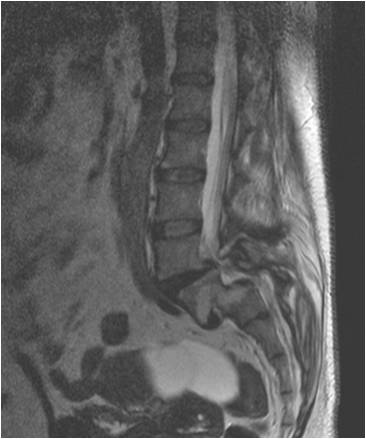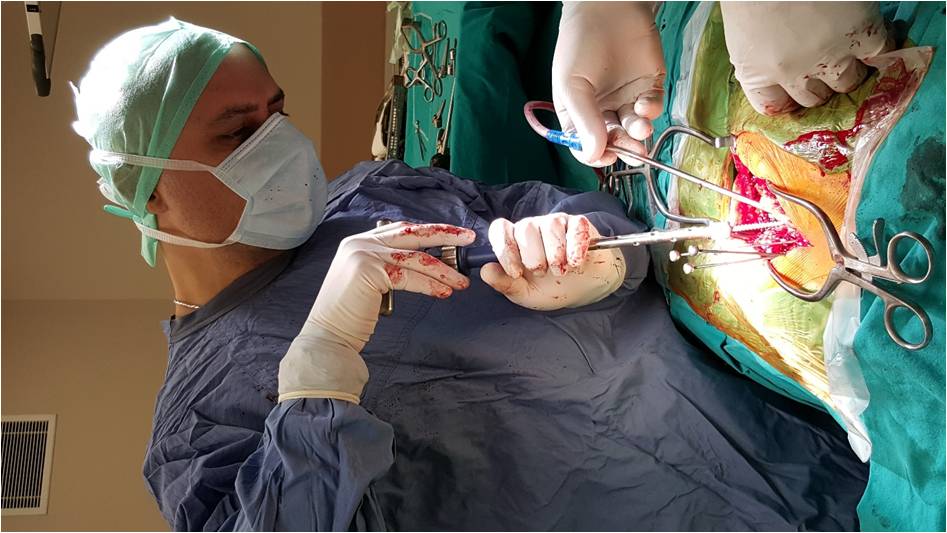 How do Vertebrae Slip?
How do Vertebrae Slip?
Slipped vertebra, spinal bones slipping over each other to compress the spinal cord, is a fairly frequent disease. It can cause the need to stop while walking, numbness and burning sensation in legs; and if left untreated it can progress to cause urinary incontinence, impotence in men, being unable to walk or feel the legs. The only treatment of slipped vertebra is anchoring the back with titanium screws to prevent slipping. This treatment method, commonly known as “platinum” or “screw” surgery, is widely known as a risky procedure. Therefore, patients requiring this operation avoid treatment and live a low-quality life. However, in the hands of an experienced surgeon these operations are performed with near-to-zero risk. New technologies clear all concerns and screws are placed at the precise location with the support of computers. This system enables smooth slipped vertebrae operations. The thing that matters is making the right diagnosis at the right time.
Causes of Slipped Vertebrae
- Congenital
- Patients who underwent several failed lumbar surgeries
- Falls, accidents
- Lumbar herniated disc surgeries in which the bony structure is excessively removed
- Advanced osteoporosis
Symptoms of Slipped Vertebrae
- Trouble walking
- Need to stop while walking
- Numbness in legs
- Cramps in legs while walking or standing up
- Burning sensation in legs, back and leg pain that wakes the patient up at night
If the slippage is mobile it requires surgery; if it is immobile it requires physical therapy.
Slipped Vertebrae Surgery
Slipped vertebrae surgeries usually last for 2-2.5 hours. The patient can stand up after 24 hours and is able to perform their personal needs without help. 2 days of hospital admission is sufficient. Titanium screws are placed in lumbar spine to prevent slippage. These screws stay with the patient for a lifetime. No skin sutures are placed in the surgery. With advanced technologies and in the hands of an experienced surgeon, there is no risk of paralysis or disability.
After the Surgery
One or two days after surgery, patients are discharged and they can walk around and sit in their homes. After ten days, patients are followed-up and all movements are set free. Patients may need a corset for three weeks. They can go back to work after 20 days. Screws placed in back don’t cause any problems in leaning movements.



